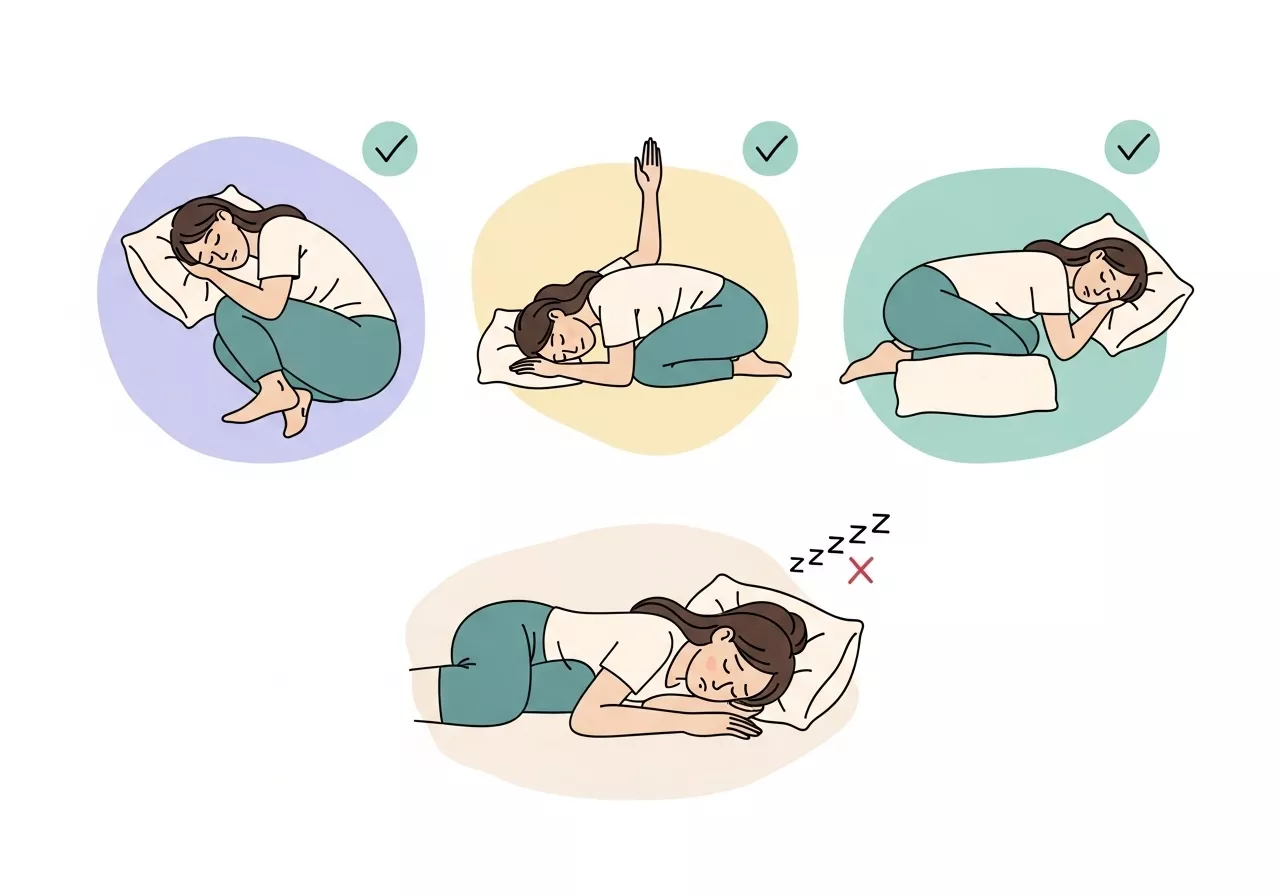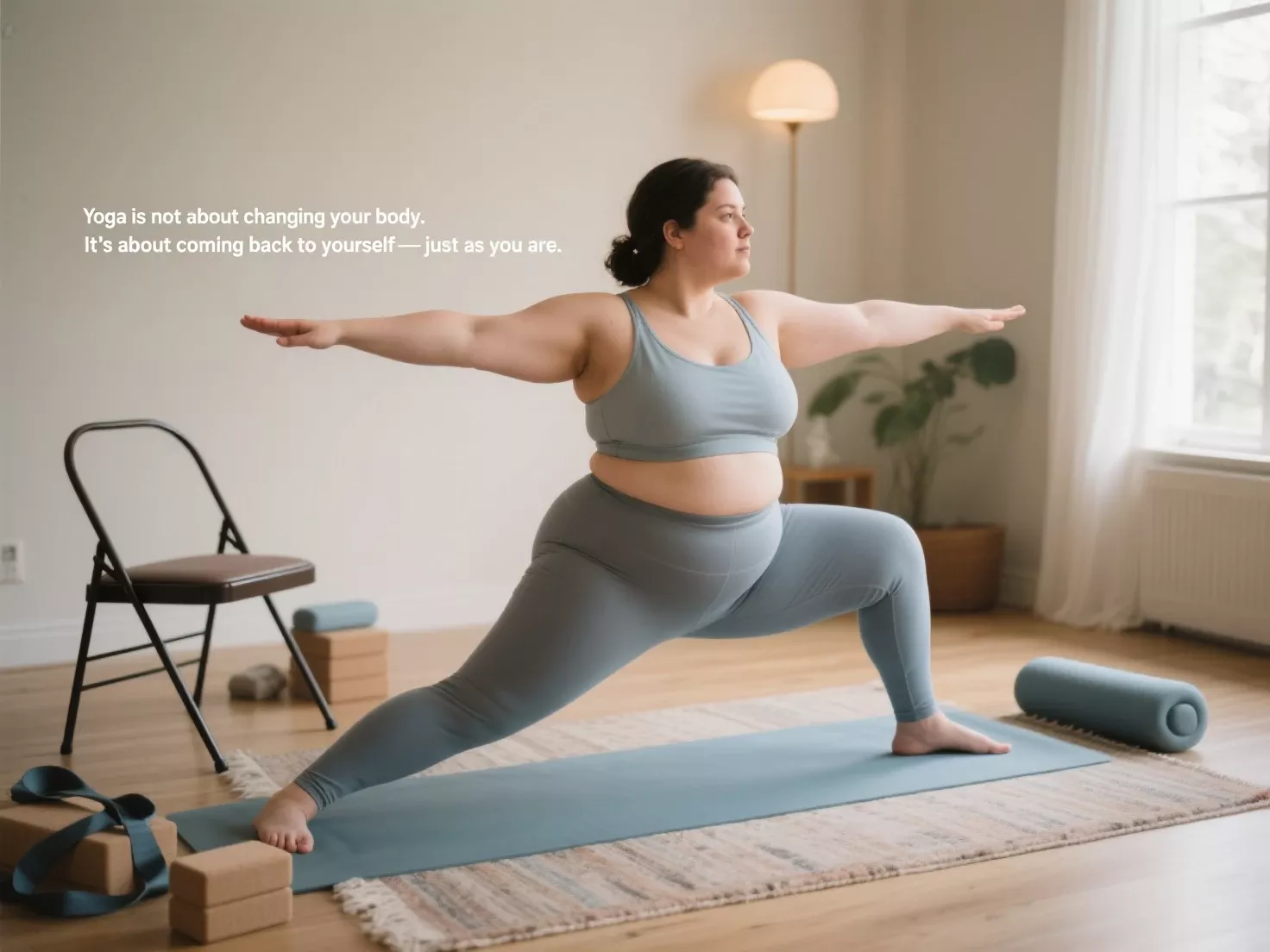Yoga is often seen as a peaceful, gentle, and personal practice — and it is.
But to truly benefit from yoga, it’s important to understand not only what to do, but also what to avoid.
While there are many guidelines to follow, two “don’ts” stand out for every practitioner, especially beginners: (1) don’t force your body, and (2) don’t neglect your breath.

These two principles are fundamental because they speak directly to the safety, purpose, and spirit of yoga.
Whether you’re new to yoga or refining your long-term practice, understanding and honoring these two don’ts can protect your body, deepen your awareness, and lead to a more fulfilling yoga journey.
🚫 Don’t #1: Don’t Force or Push Your Body Beyond Its Limits
Why This Matters:
One of the most common mistakes in modern yoga classes — especially in fitness-driven environments — is the tendency to treat yoga like a workout challenge.
Pushing too far into a stretch, striving for picture-perfect poses, or trying to keep up with others in a class can lead to:
-
Injuries to joints and soft tissues
-
Excessive strain on the back, knees, and wrists
-
Mental frustration and discouragement
-
Misalignment and bad posture habits
Yoga is not a competition. It is a practice of awareness and compassion — starting with yourself.
Forcing your body into a pose before it’s ready can create more harm than good, both physically and emotionally.
What Overexertion Looks Like:
-
Shaking uncontrollably in a pose
-
Holding your breath or grimacing with discomfort
-
Feeling pain (not just stretch) in the joints or spine
-
Comparing yourself constantly to others in class
“The pose begins when you want to leave it.” — B.K.S. Iyengar
And it ends when you stop listening to your body.
What to Do Instead:
-
Listen to your body. Every day is different. Honor your current strength, flexibility, and energy.
-
Use props. Blocks, straps, and bolsters are tools of empowerment — not signs of weakness.
-
Modify poses. Don’t be afraid to bend knees, adjust foot placement, or stay at a beginner variation.
-
Ask for guidance. A good teacher will help you find a variation that works for your body.
Yoga should be sustainable for life. You want to walk away from the mat feeling refreshed, not worn out or injured.
🚫 Don’t #2: Don’t Neglect the Breath
Why This Matters:
Breathing is the anchor of yoga. In fact, the Sanskrit word “pranayama” translates to “control or expansion of life force,” and the breath is seen as the bridge between the mind and body.
When you ignore your breath during practice — or worse, hold it — you:
-
Cut off your oxygen supply, leading to fatigue or lightheadedness
-
Disconnect your awareness from the present moment
-
Disrupt the rhythm of your movement and focus
-
Miss out on the therapeutic, meditative benefits of yoga
Many beginners focus so much on getting the pose right that they completely forget to breathe.
Ironically, breath is more important than perfect form — especially in styles like Vinyasa, Hatha, or Yin Yoga.
Signs You’re Not Breathing Properly:
-
Gasping or shallow chest breathing
-
Holding your breath during difficult poses
-
Breathing through your mouth unnecessarily
-
Feeling tense or mentally scattered
What to Do Instead:
-
Breathe through your nose (unless instructed otherwise).
-
Match breath to movement — inhale during opening/expansive movements, exhale during folding or grounding.
-
Use breath to regulate pace. If your breath becomes choppy, slow down.
-
Explore breath control techniques (pranayama), like Ujjayi breathing, 4-7-8 breath, or alternate nostril breathing.
“When the breath is unsteady, the mind is unsteady. When the breath is calm, the mind is calm.” — Hatha Yoga Pradipika
Proper breathing creates a moving meditation where your mind, breath, and body work together harmoniously.
🧘 Summary: The Two Big Don’ts of Yoga
| ❌ Don’t | ✅ Do Instead |
|---|---|
| Force your body into poses or push beyond limits | Modify poses, use props, listen to your body |
| Ignore or hold your breath | Maintain deep, steady, conscious breathing |
Both of these principles protect the most important goal of yoga: to connect with yourself in a safe, conscious, and meaningful way.
🙋♀️ Common Questions
1. What if I can’t do most of the poses?
That’s completely okay. Yoga is not about doing all the poses perfectly — it’s about showing up and doing what you can. Even basic stretches and breathwork count as yoga.
2. Is it normal to feel frustrated if I’m not flexible?
Yes. But flexibility is a result, not a requirement. It improves over time with regular, kind practice.
3. What if I forget to breathe?
It happens to everyone, especially at the start. When you notice it, gently return to your breath. Over time, breath awareness will become second nature.
🌟 Final Thoughts
Yoga is a lifelong journey of tuning in — not tuning out. By avoiding the two common traps of forcing the body and neglecting the breath, you set a strong foundation for growth, healing, and transformation.
These two “don’ts” are not restrictions — they are invitations to practice with wisdom.
“Yoga is the journey of the self, through the self, to the self.” — The Bhagavad Gita
So next time you step on your mat, remember: move with care and breathe with awareness. That’s where the magic of yoga truly begins.



